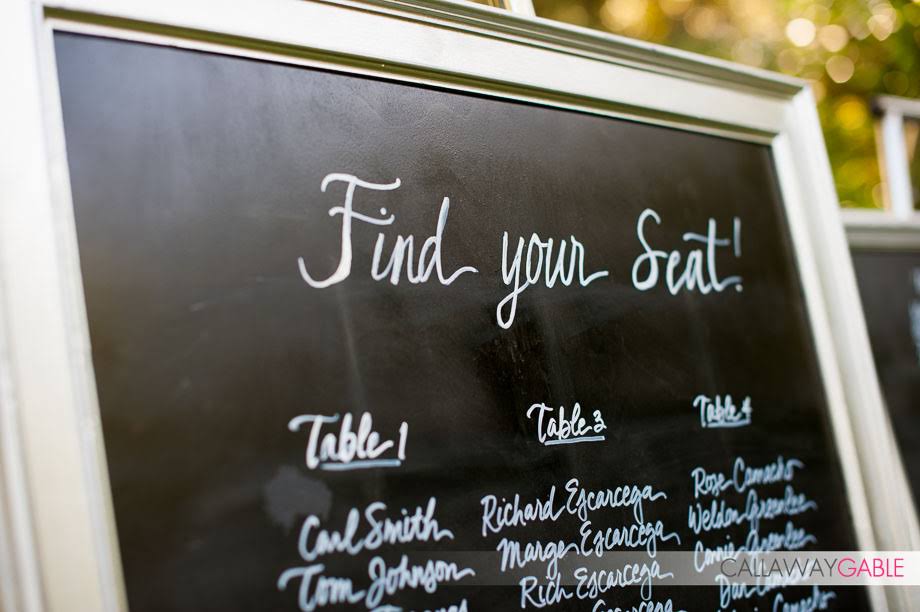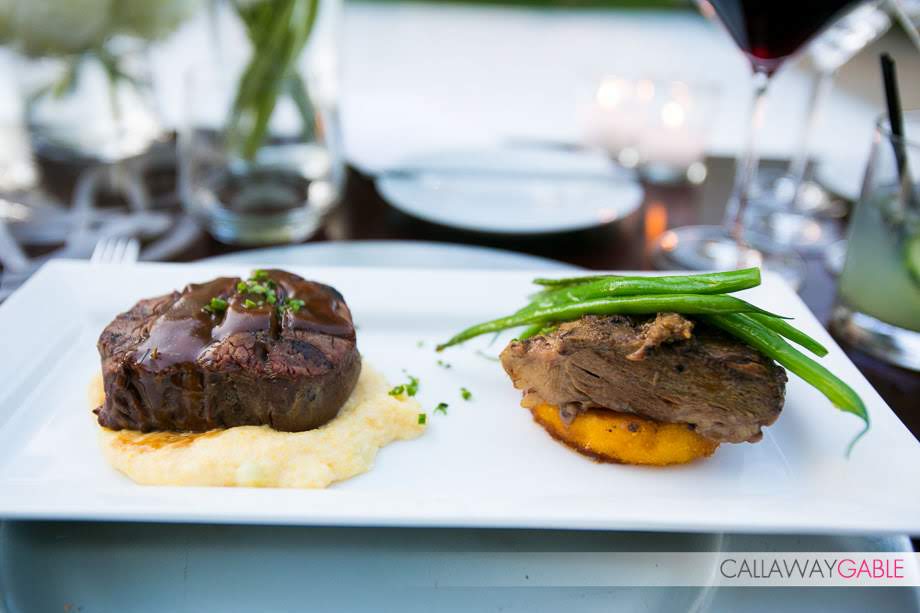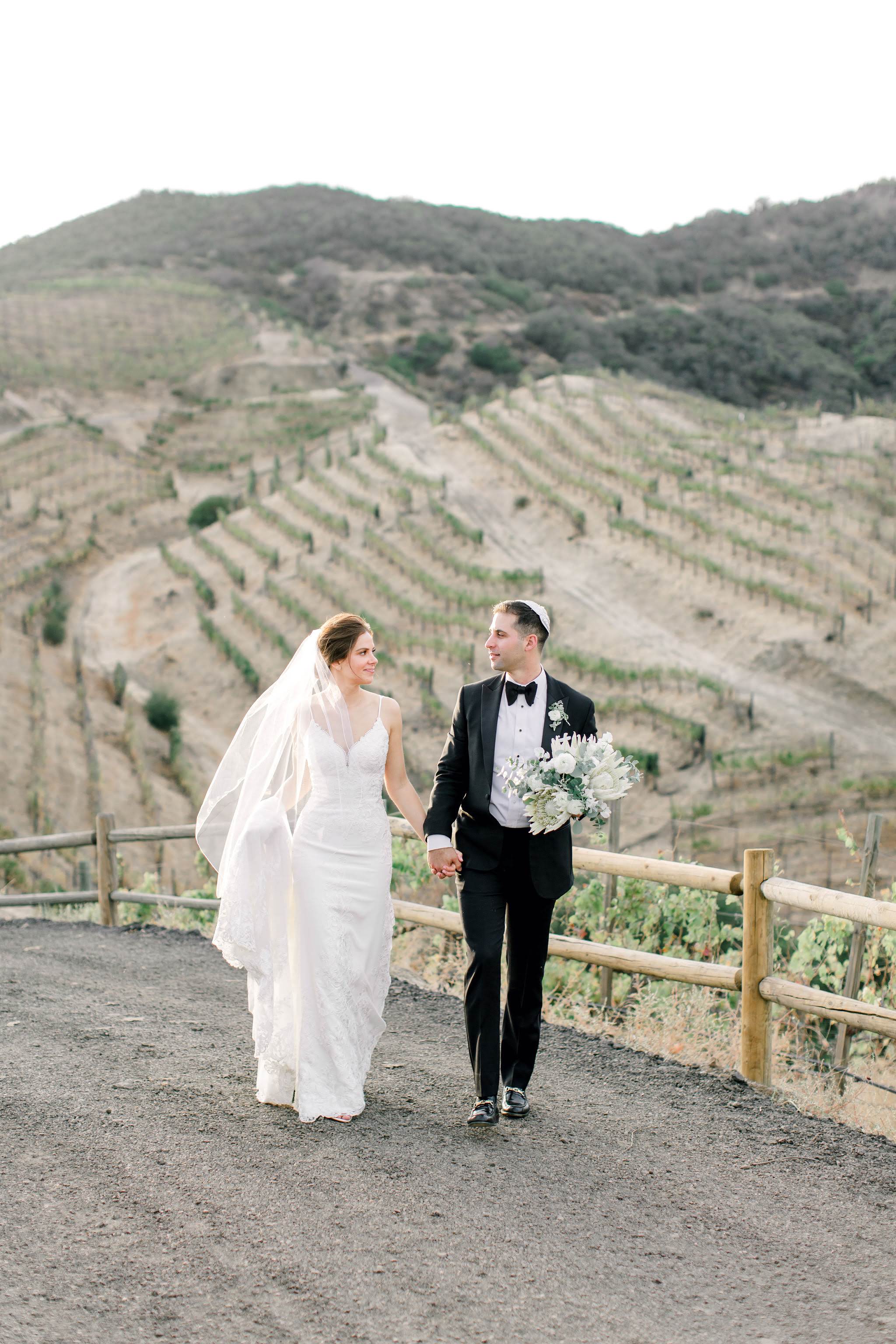You’ve booked your venue. A major step of the wedding planning process is now complete–pat yourself on the back! Now, it’s time to tackle the question of catering. Whether your venue requires you to use their catering, or allows outside catering companies, you will have to make a decision on how the food will be served. While there are some creative, alternative options, the three main services catering companies will offer are buffet, plated, and family-style. Perhaps you’ve experienced one or more of these styles at weddings attended in the past, and are already leaning one way over another. Maybe you have no idea what the difference is but know you want to give your guests a fantastic dining experience. We’re going to let you in on a few pro secrets to help you make the most well-informed decision for the tastiest part of your wedding day.

BUFFET
When deciding which dinner style service will accompany your wedding reception, the catering company will present you with a buffet option. One of the wonderful advantages of buffets is they allow you to offer multiple starter and entrée options to your guests. This style of service offers more creativity as well. Carving stations as well as fun, themed food stations (i.e. sushi, pizza, etc.) are innovative ways couples have been modernizing their buffets in recent years. With food allergies and dietary preferences becoming more known, buffets give guests the ability to pick and choose based on their specific needs. If requested, caterers and venues can label each dish (gluten-free, dairy-free, etc.) to make the process easier for each individual to serve themselves.
Buffet-style receptions do come with some disadvantages. Because caterers can’t confirm exactly how much food guests will eat, some companies will estimate high and over-order to eliminate the fear of running out of food; this makes buffet the most expensive option. The quality of food can be compromised as well. During a buffet, food is sitting in chaffing dishes to keep them warm; because of this, the food can continue to cook. For example, most chefs will not guarantee a steak will be served medium rare if it is on a buffet, as it will continue to cook the longer it sits in the chaffing dish. The same goes for a pre-dressed salad sitting in a bowl. The longer food sits on a buffet, the more opportunity for the quality to be altered. The other major concern with a buffet-style reception is guest lines. Often, if the venue is short of space, lines can can fill too quickly and the venue can feel cramped. The easiest way to avoid a bottleneck is to release tables one by one and to have a double-sided buffet. It is important to strategize this prior to wedding day to avoid any mishaps while dinner is served.

PLATED
Another popular option in dining is plated. This can be the most cost-effective service since the head count will have been determined about a week prior to the wedding, and the caterer can therefore purchase an accurate amount of food. Most caterers know there will be last-minute changes, so they will plan for a five percent overage if this happens to be the case. With plated dinners, it is common to ask guests to select their entrée (protein or vegetarian) during the RSVP process; the host will choose the starter and sometimes dessert. Unlike during a buffet, the quality of food will remain intact from the kitchen to each place setting. This choice keeps guests in their seats and gives family and friends a chance to make uninterrupted toasts and speeches during dinner. It can also provide more structure to the wedding, giving both the planner and caterer a clear plan for the service schedule.
There are some considerations to make when deciding on a sit-down dinner. It is the more traditional option, which can feel dated in some ways. More preparation needs to happen prior to a plated dinner service to keep the flow of the service and ensure guests will not be waiting too long between each course. Venues or caterers will also require an accurate number for each of the food selections at each table in order for their service to run without interruption. Staffing is extremely important for a plated dinner and it should be decided prior to wedding day how many servers are needed per table to keep the flow of dinner consistent. Often times, after a lively cocktail hour, a sit-down dinner can alter the momentum of the evening. To avoid that, service should be swift and speeches should happen throughout the dinner in order to keep the night moving.

FAMILY-STYLE
Family-style dinner service offers the best qualities of both buffet and plated service. In this case, the cost generally evens out. Plated dinners require more staff than a buffet, and a buffet requires more equipment and set-up space than plated. With a family-style dinner, you won’t run into over-crowding with a buffet line, and your guests can still have the freedom to pick and choose based on the options in front of them. Many catering companies don’t have a set family-style menu to offer, but will often work with hosts to customize based on their menu and host preferences. Food costs will mirror that of a buffet as they will not be able to pre-determine exactly how much of each item guests will eat. Additionally, platters, bowls, and utensils may need to be rented. With family-style, there will need to be more space on each table to set the platters, which can limit the number of floral arrangements and candles. This may be seen as a cost advantage but a design disadvantage.
The most wonderful thing about family-style is that it gives guests the opportunity to easily mingle and converse over food in a more communal way. It can often make your friends and family feel less like they are at a wedding, and more like they are in your home for an intimate, casual yet elegant dinner.

All dining options have their positive and negative attributes. When determining which is right for your big day, it’s key to look at your space, your guests, and what is most important to you. If your reception space is on the smaller side or your guest count meets capacity, it may be best to steer away from a buffet. If you and your newly betrothed would like to use the time during dinner to go around to each table catching up with your friends and family, plated might be the best route to go. There is no right or wrong dinner service. Remember, you will host a fabulous evening no matter which decision you make, and your guests will surely make fond memories during your wedding day. Bon appetit!






+ COMMENTS
add a comment